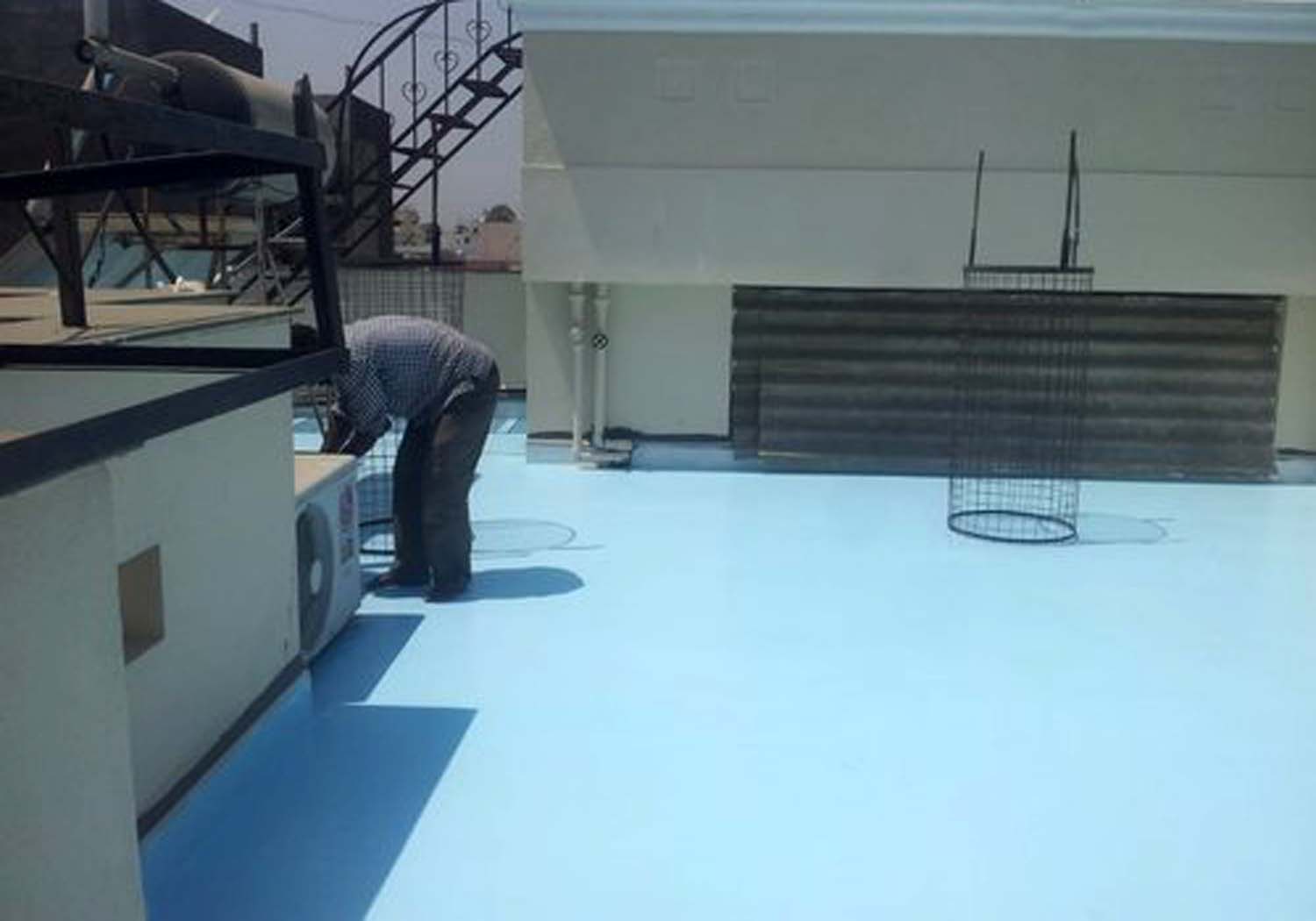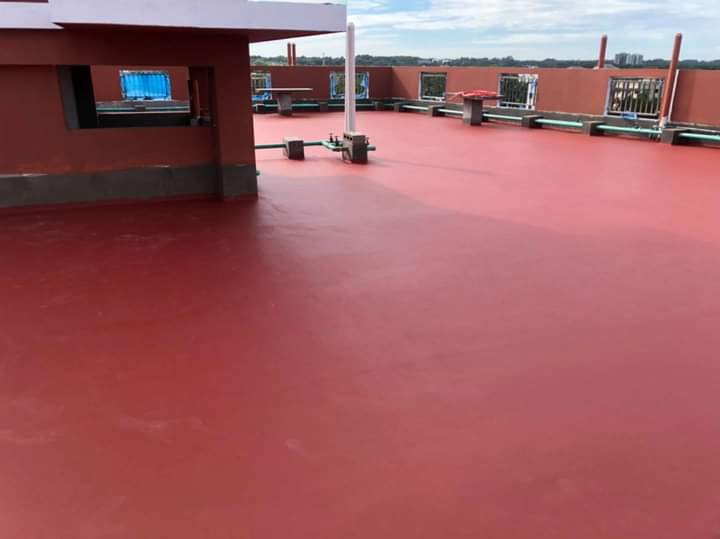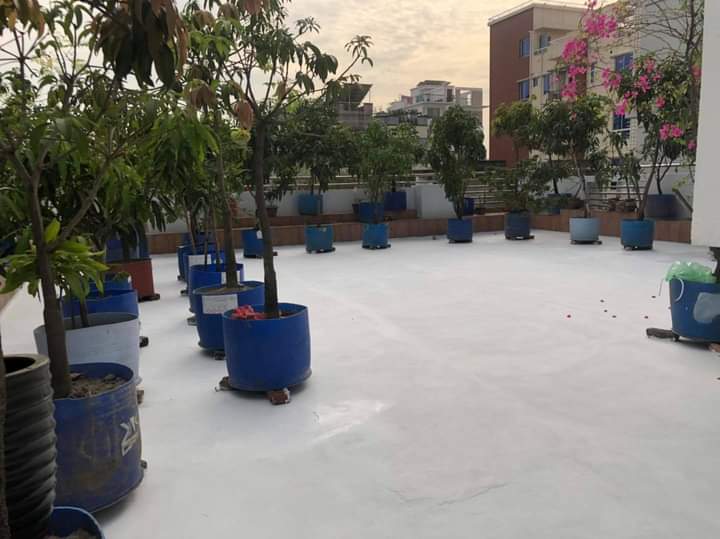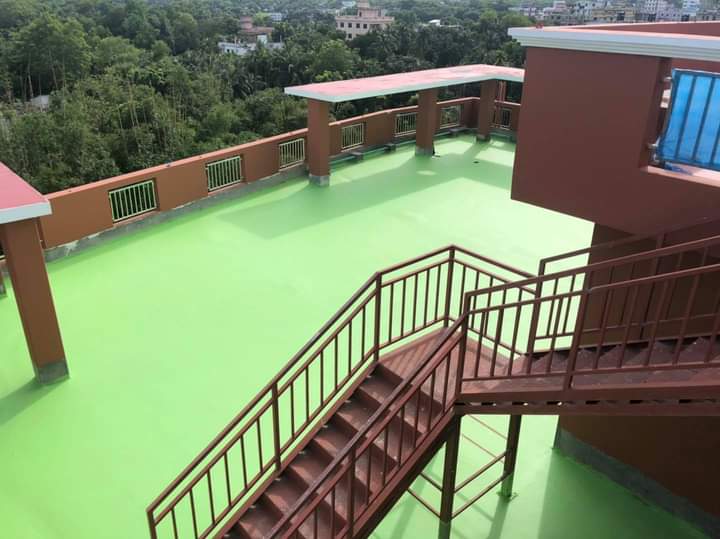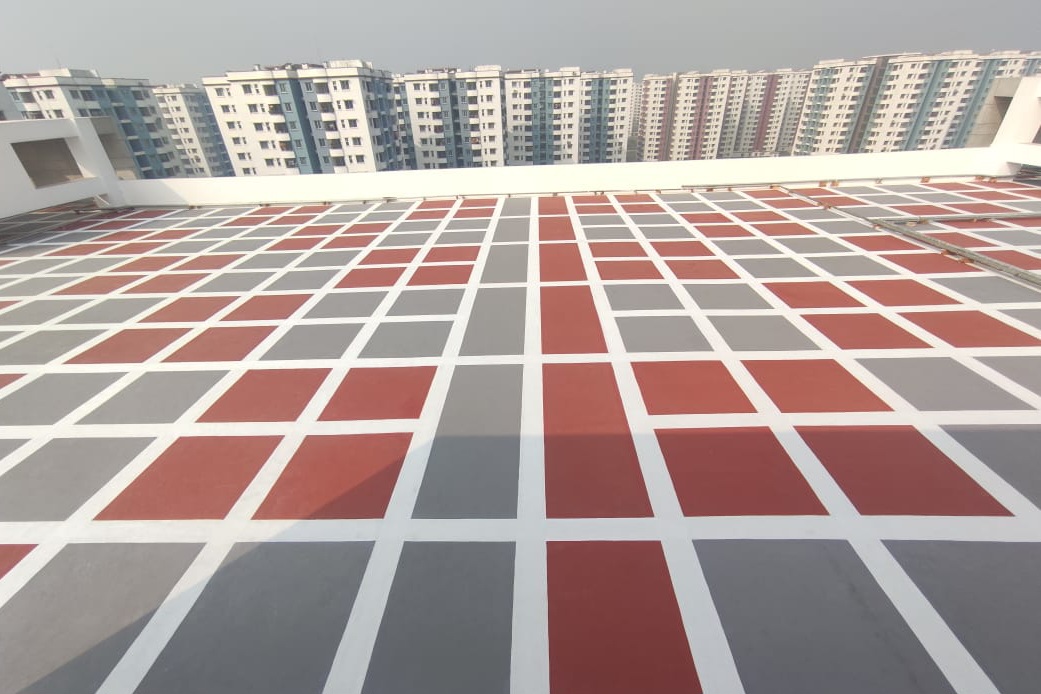Water Proofing
Waterproofing is the process of making an object or structure waterproof or water-resistant so that it remains relatively unaffected by water or resisting the ingress of water under specified conditions. Such items may be used in wet environments or underwater to specified depths.
Roofing materials are generally designed to be water-resistant and shed water from a sloping roof, but in some conditions such as ice damming and on flat roofs, the roofing must be waterproof.
Many types of waterproof membrane systems are available, including felt paper or tar paper with asphalt or tar to make a built-up roof, other bituminous waterproofing, ethylene propylene dyne monomer EPDM rubber, hypalon, polyvinyl chloride, liquid roofing and more.
Masonry walls are built with a damp-proof course to prevent rising damp, and the concrete in foundations needs to be damp-proofed or water proofed with a liquid coating, basement waterproofing.
- It strengthens the structure.
- It prevents mould.
- It reduces maintenance costs.
- It provides a healthy environment.
- It increases property value.
- Increase energy efficiency.
- Increase longevity of structure.
- Walk able flat roofs
- Pools, balconies and tanks.
- Underground walls.
- Facades
- Building exposed surfaces

